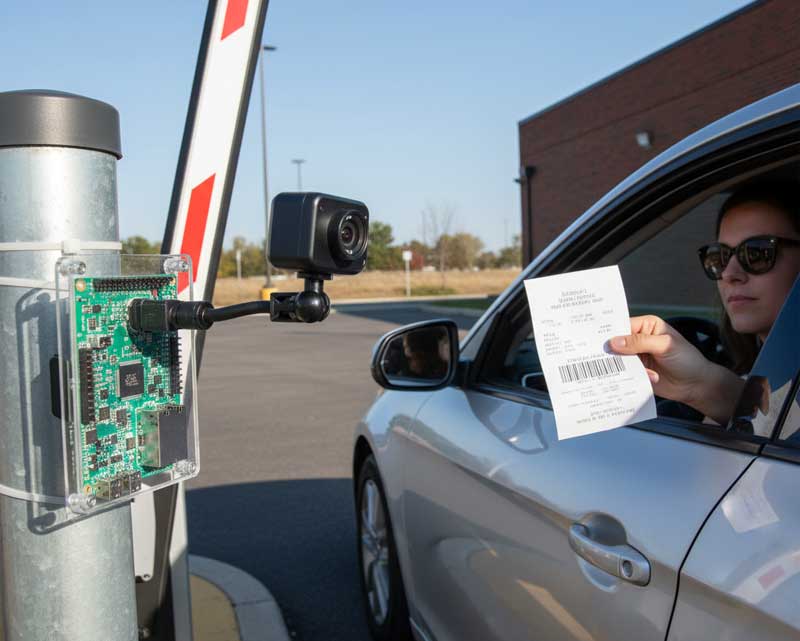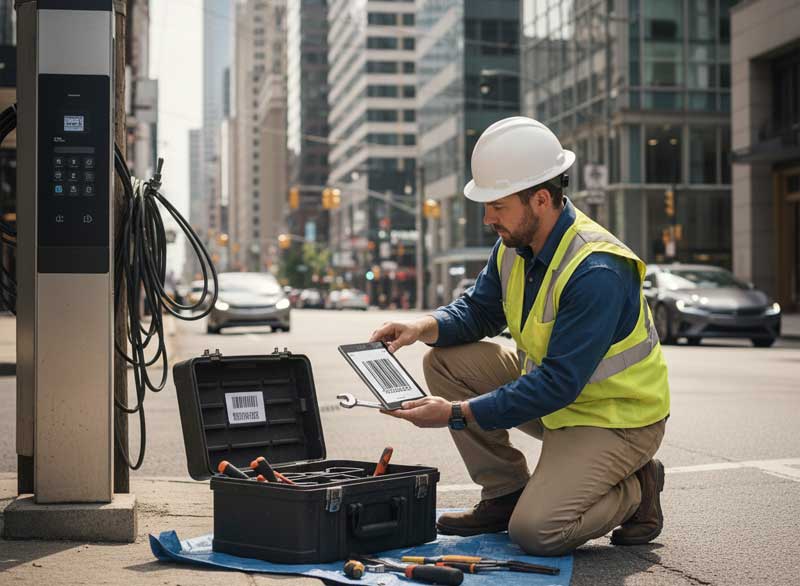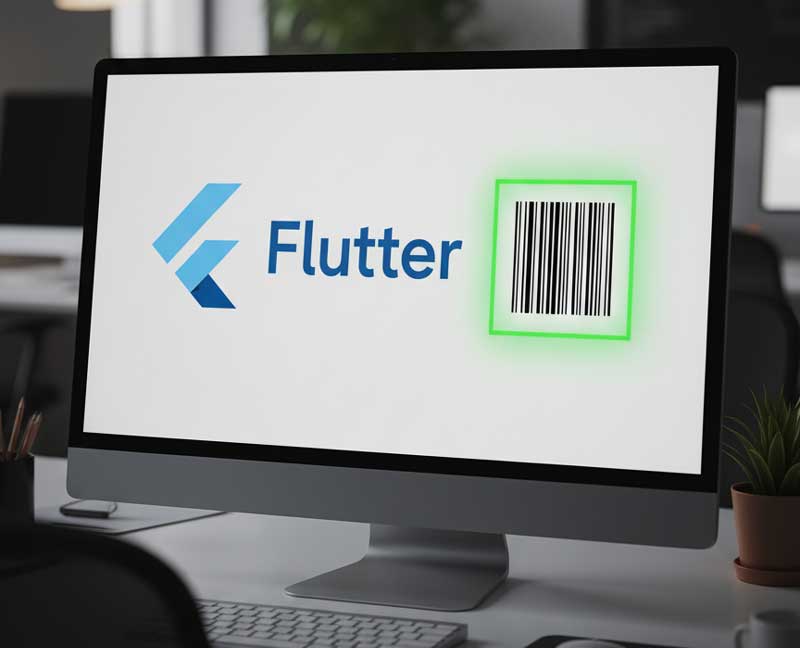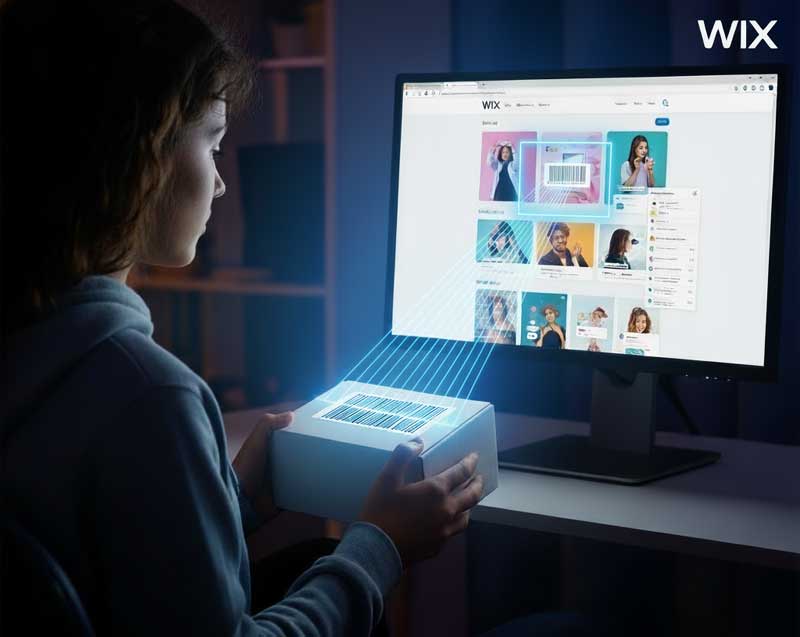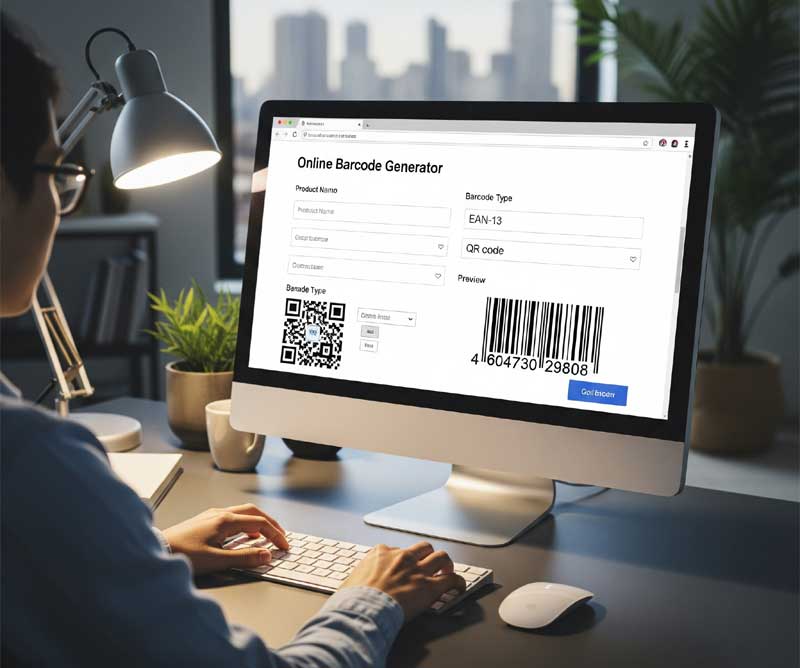
Find out how to produce barcodes for your products, complying with international norms.
For a business today, barcodes are a must-have item. They automate inventory tracking, shorten the checkout process, and prepare your products to be sold at retail locations all over the world. The good news is that creating barcodes is easy, and you can do it all online without even having any software at all! Read this step-by-step guide and generate the barcode as per international standards.
Type of Barcode You Want to Generate
First, you want to know which format of barcode will work best in your case.
- EAN-13 – Widely used for most of the worldwide retail products.
- UPC-A – This is the standard in retail in the United States and Canada.
- Code 128 — Best for use in internal inventory management and shipping labels.
- QR Code: Marketing, web & mobile interaction.
For those who expect to compete in supermarkets or large retail chains, EAN-13 and UPC-A shall be needed.
Get a Unique Barcode Number
Barcode number must be unique — Your barcode number needs to be globally unique in order to sell products through physical retail stores. You can obtain this through:
- GS1 (Permanent): The organization that officially issues manufacturer codes.
- Smaller business-to-business (B2B) needs from our authorized resellers.
Hint: If you use random numbers, you might copy another code that looks similar, or look too much like a free number as to be unreadable at checkout systems.
Choose an Online Barcode Generator
You can use our production online barcode generator at www.bcmaker.com.
We also offer a completely free barcode generator at generator.BarcodeTools.com
We also offer desktop solutions for barcode generation at www.BarcodeTools.com
Enter Your Data Correctly
When using the generator:
- Choose barcode type (ex: EAN-13).
- Then input the actual number associated with your product.
- Do not add extra spaces or any characters.
- Preview the barcode before saving.
Download and Test the Barcode
Once generated:
- Store as vector (SVG, EPS) for print or high-res PNG for web.
- Try to scan it with a barcode scanner or reading app.
- Make sure it is scanned at different angles and distances from the code.
Include the Barcode on Your Packing
Put your barcode in a spot on the product label or packaging that is visible, flat, and well-lit. Be careful not to put it near folds, edges, or over busy patterns.
Keep Records
Keep a list of all your barcode numbers with product names and descriptions. It will save you from reusing a code unintentionally anywhere.
Making a barcode online is cheap and fast, but you should be sticking to the international standards because nothing is going to stop them. Register your codes, format them properly, and test beforehand to guarantee a fully functional retail production process for your products, anywhere in the world.


